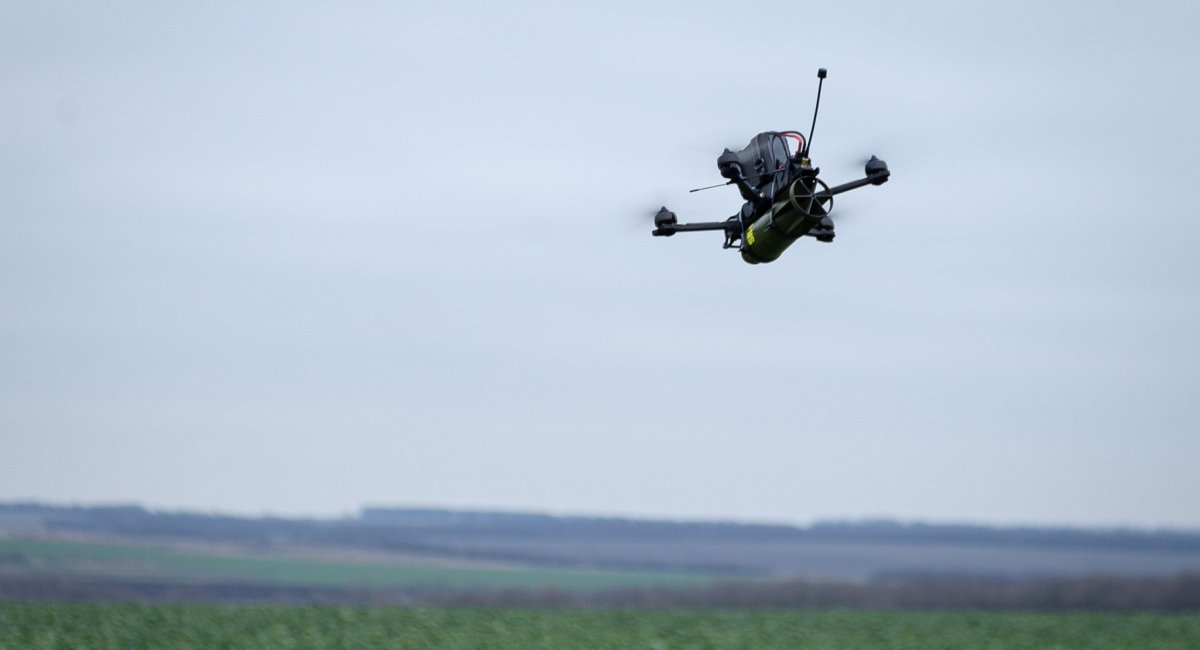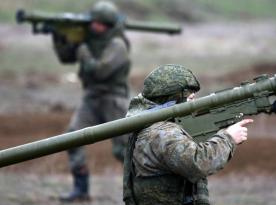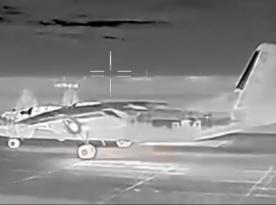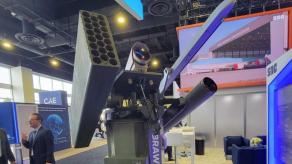Fresh video of a novel FPV drone with lock-on-target capability was published by Ukrainian activist and equipment acquisition volunteer Serhii Sternenko and the serviceman of the Garuda unit of the Ukrainian 46th Air Assault Brigade, call sign Ivanhoe.
In the following footage, the suicide drone successfully reaches a russian BM-21 Grad artillery rocket launcher, relying on its autonomous target tracking, colloquially known as machine vision. Notably, the last moment before the strike, the system locks on a soldier running from the Grad but the momentum makes the drone strike the intended target nonetheless.
Read more: New FPV Drones with Machine Vision for Automatic Target Tracking Empower Ukrainian Forces (Video)
30 мільйонів із 50 вже зібрали!З цієї нагоди дивіться ще одне відео роботи дрона з автонаведеннямАйвенго і друзі знищили таким російську БМ-21 Град!Щоправда є нюанс. Дрон у останню мить переключився на тікаючого росіянина, але інерційно усе одно залетів у Град. Для… https://t.co/94DpdmzO0m pic.twitter.com/8IlurUt2Sz— Serhii Sternenko ✙ (@sternenko) March 21, 2024
The second part was filmed by another FPV drone deployed, it sees the Grad on fire and chooses to chase after a different vehicle occupied by russian military personnel. The GeoConfirmed OSINT community identified the location where the events took place to be near Kreminets city in eastern Ukraine.
A video later found on social media by the "russia no context" Telegram channel shows the attacked rocket system destroyed, its launcher annihilated and the remaining chassis burning out in flames.
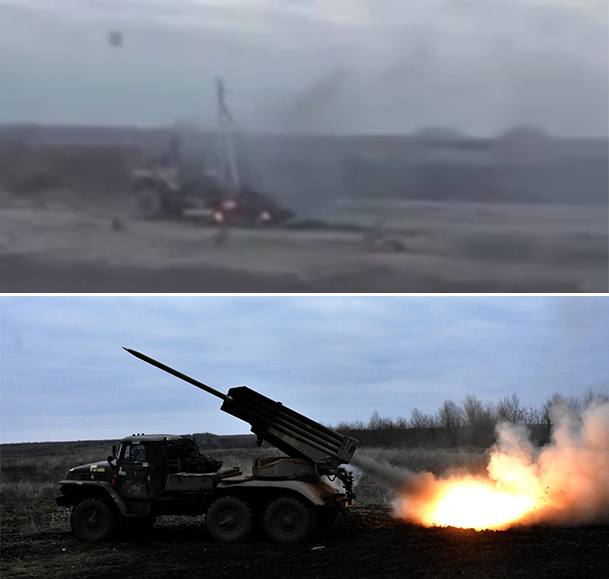
Earlier Defense Express outlined the main capabilities that the "machine vision" provides to the drone. Firstly, it helps to deal with the natural instability of connection at low altitudes pertaining to UAVs operated kilometers away from the pilot. No less important is that auto-tracking ensures that the drone will still be able to hit the target if electronic warfare systems cut off the manual control. More on the topic in this article.
The russian forces were seen experimenting with similar technology as well. A Ukrainian manufacturer of EW jamming systems assured that the scale of russians using this technology was not extensive as of February 2024, so it prioritized other projects.
An alternative solution introduced by russians, with a Ukrainian analog soon to follow, was UAVs operated via a fiber optic cable stretching for kilometers, an inconvenient yet working way to ensure invulnerability to EW interference.
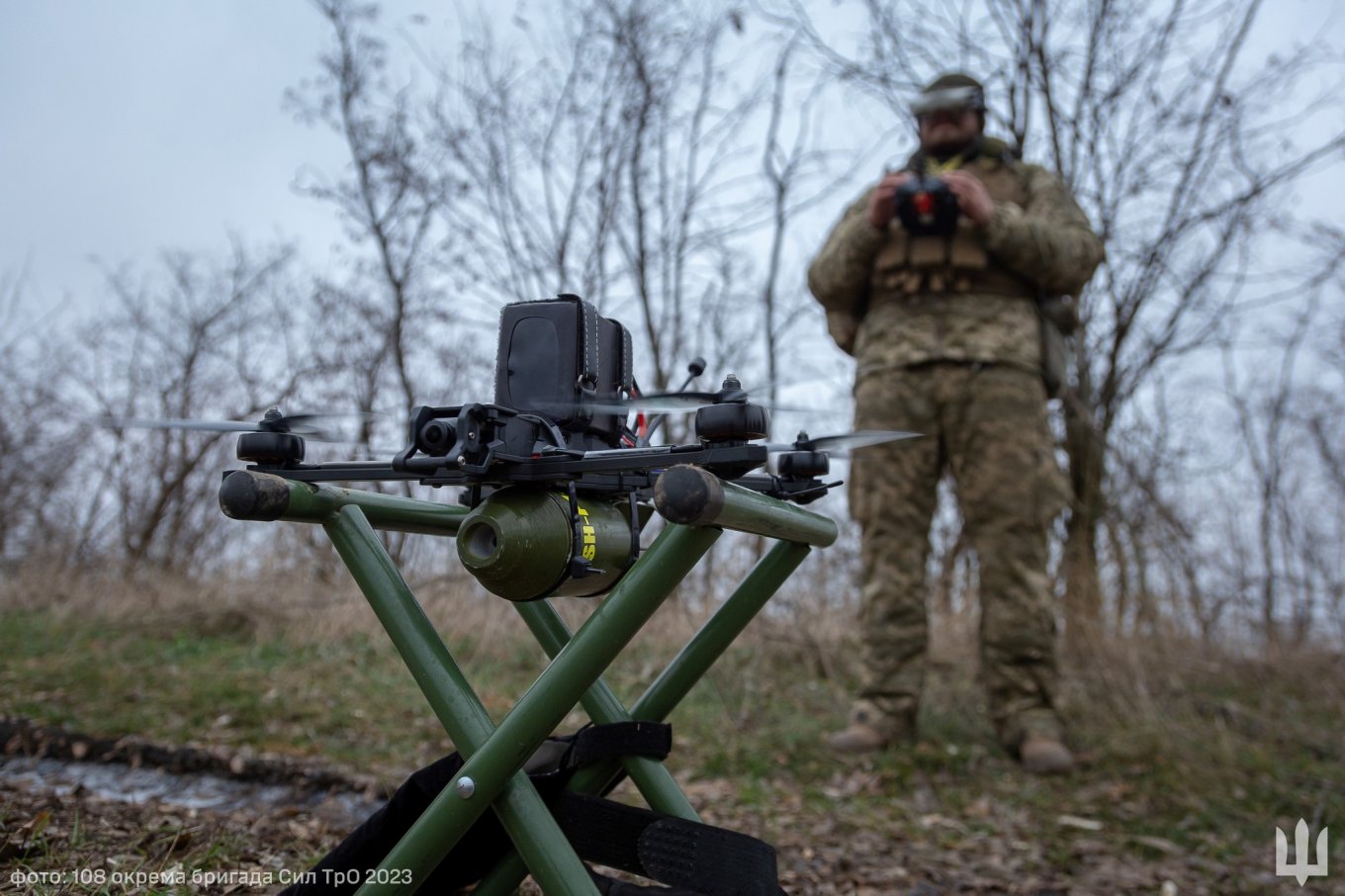
Read more: Ukrainian Developers Present Optical Fiber FPV Drone (Video)




